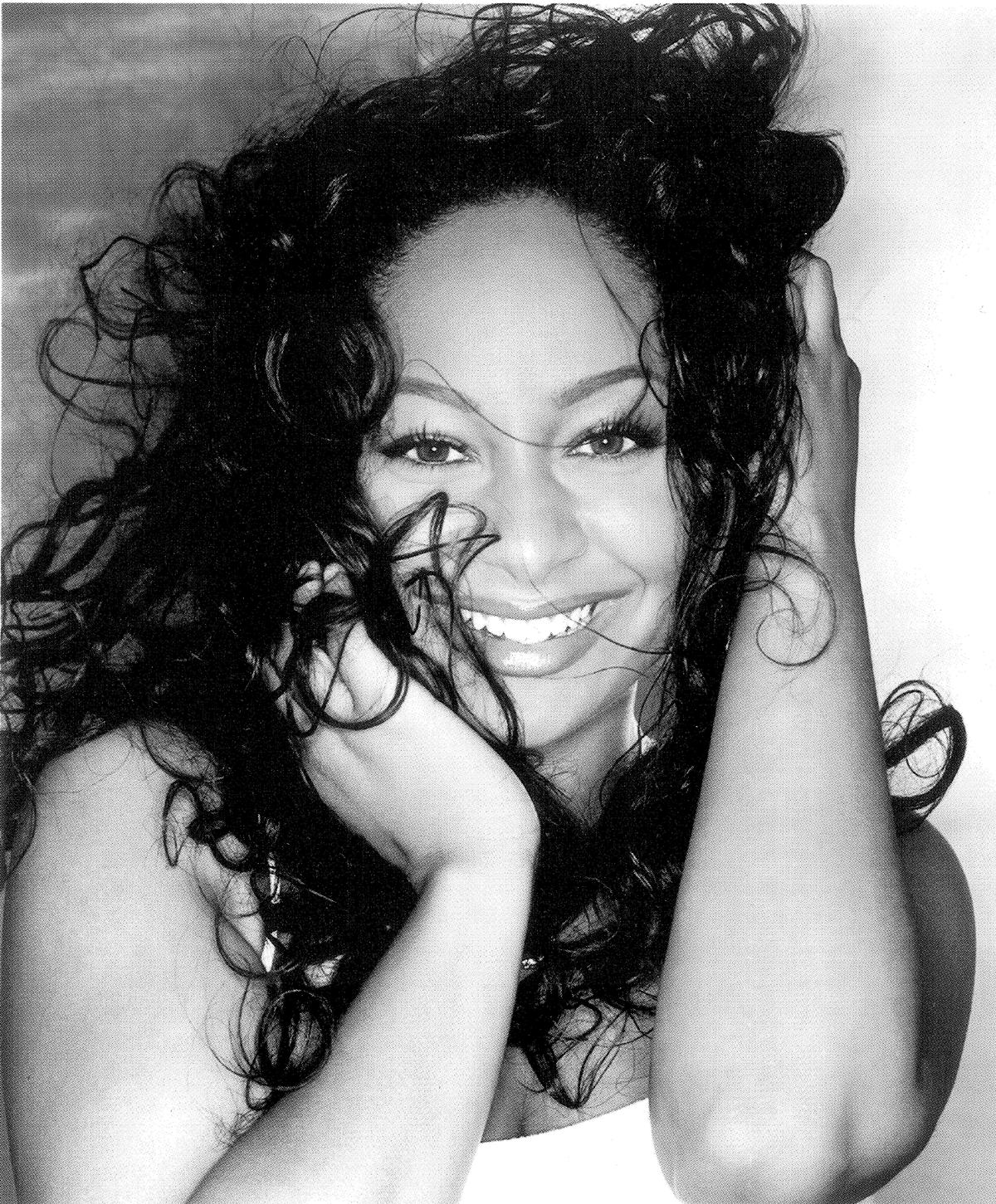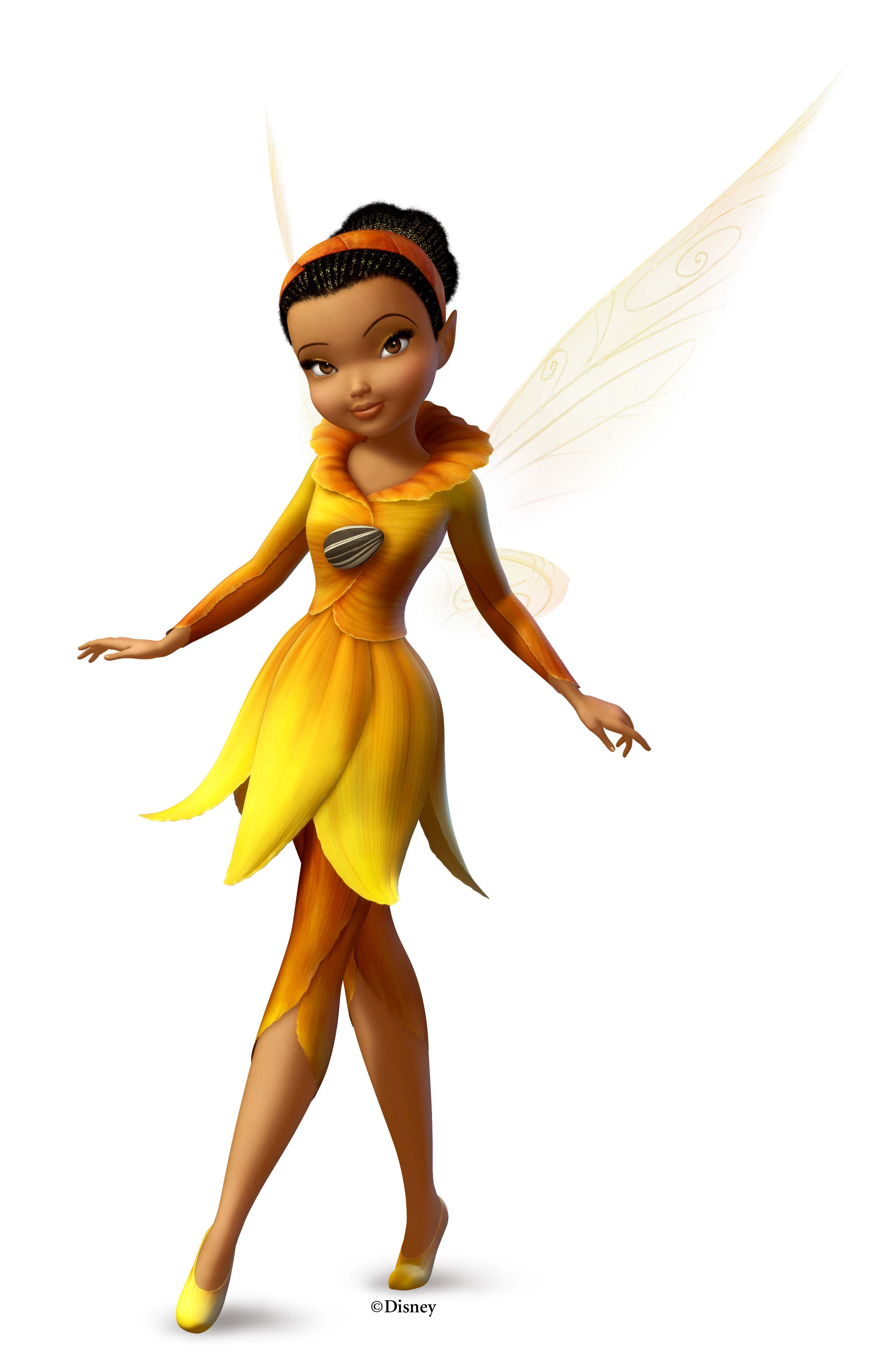Interview: Jared Hess of ‘Gentlemen Broncos’
Posted on November 5, 2009 at 9:08 am
Jared Hess directed “Napoleon Dynamite” and “Nacho Libre” from screenplays he wrote with his wife Jerusha. Their latest film is “Gentlemen Broncos,” about a teenage boy whose story is stolen by a best-selling author. He told me that he has spent part of his Mormon mission in my home town of Chicago and that it was there he first heard the name “Napoleon Dynamite.” I spoke to him about the autobiographical sources of this film, sleeping on the couch, and why things get funnier in hindsight.
NM: You have an outstanding cast in this film. But the one who surprises me is Mike White. I would not have expected to see you work together.
JH: Both my wife and I have been big fans of his work on “Freaks and Geeks” and “The Good Girl” and “School of Rock.” A lot of people might not see our comedic sensibilities matching up, the same things make us laugh. We were both raised in very religious families. There’s a little bit of an understanding there.
NM: Michael Angarano was extraordinary; some of his expressions were so thoughtful and layered.
JH: We spent a lot of time trying to find someone who would be really genuine in the role of Benjamin. He’s just kind of effortless, really believable, super-talented. Every actor has their own process but he’s the kind of guy where we’re on set and he’s chatting and boom! He jumps into it as soon as we’re ready to go. Compared to the other characters in the film, he’s kind of Mr. Normal. But when you see the world that he’s created, you realize that he is strange like everybody else.
NM: And Halley Feiffer is wonderful in the film. Shes the daughter of artist Jules Feiffer and was so terrific in “The Squid and the Whale.”
JH: For that role, we read a lot of people. Again, she had a natural but crazy feeling, that unintentional feeling, unaware of what she is doing to people, trying to take advantage. The hand cream scene was very autobiographical. When my family moved to Idaho, the English and theater kids were going to a Shakespeare festival in southern Utah on a bus. I was crowded onto a seat with a guy who was blowing in a girl’s ear and giving her weird head massages.
NM: Are those real vintage pulp novels in the opening credit sequence? The cover art is amazing!
JH: Yes, they were all real. Those were all real illustrations, mostly from the 60’s and 70’s. The main artist was a man named Kelly Freas.
NM: Are you a fan of that genre of sci-fi?
JH: Yes, though as a kid I didn’t read as much but I loved the covers. All my favorite films were science fiction.
NM: Like what?
JH: “Star Wars,” David Lynch’s “Dune,” which I know a lot of people have mixed feelings about. That was a creepy movie, though. I liked it. “The Explorers.” And then as I got older, I got more aware of the more obscure films. I’m a big fan of the limited resource genre, the ones with small budgets. They’ve got a lot of charm to them. They’ve got big worlds that they’re trying to create but they don’t really have the dough. One guy who was in the Q&A scene, when we were done shooting, he gave me a copy of the screenplay of “Krull.” “Check this out, man, you’re going to love it; it’s a really great read.” He said his new year’s resolution is to read every Philip H. Dick novel. I really wanted to be a special effects guy, a lot of my early films were sci fi related, when you’re a kid you don’t have a script, or the whole idea is cut short.
NM: That’s what you did in this film.
JH: Yes, and the idea that this is from the mind of a 15-year-old kid. This is his epic fantasy; it’s not “Blade Runner.” We’re in the world of battle stags and yeast.
NM: Yes, there is this very fresh, innocent cheesiness in the stories in the film.
JH: We really try and populate our films with authentic people who might not normally have an opportunity to be in a film. We have a lot of fun with it. Like the idea of adults that are still thinking like children. I guess that’s how I am.
NM: This is your first PG-13 film.
JH: Yes, my wife has seven brothers and I’m the oldest of five boys. The body humor aspects of this film are quite prevalent. We wanted to have the kind of awkward body things that happen in his real life influence his work a little bit. It’s quite silly.
NM: How do you and your wife work together when you are writing a screenplay?
JH: It’s fun working with my wife. I slept on the couch a lot, but each time we write it gets better. We’re not really sure who’s responsible for what. We spend a lot of time just talking. The biggest difference is I’m a boy and she’s a girl. On “Napoleon Dynamite,” she was the costume designer, on this one she is the producer. Whenever she’s on set she keeps me in check. We are planning a romantic comedy and she might direct it. I’d like to do a western with cowboys and shoot-outs.
NM: What makes you laugh?
JH: The awkward things that happen, usually in hindsight. You have to have a good sense of humor about the past.


